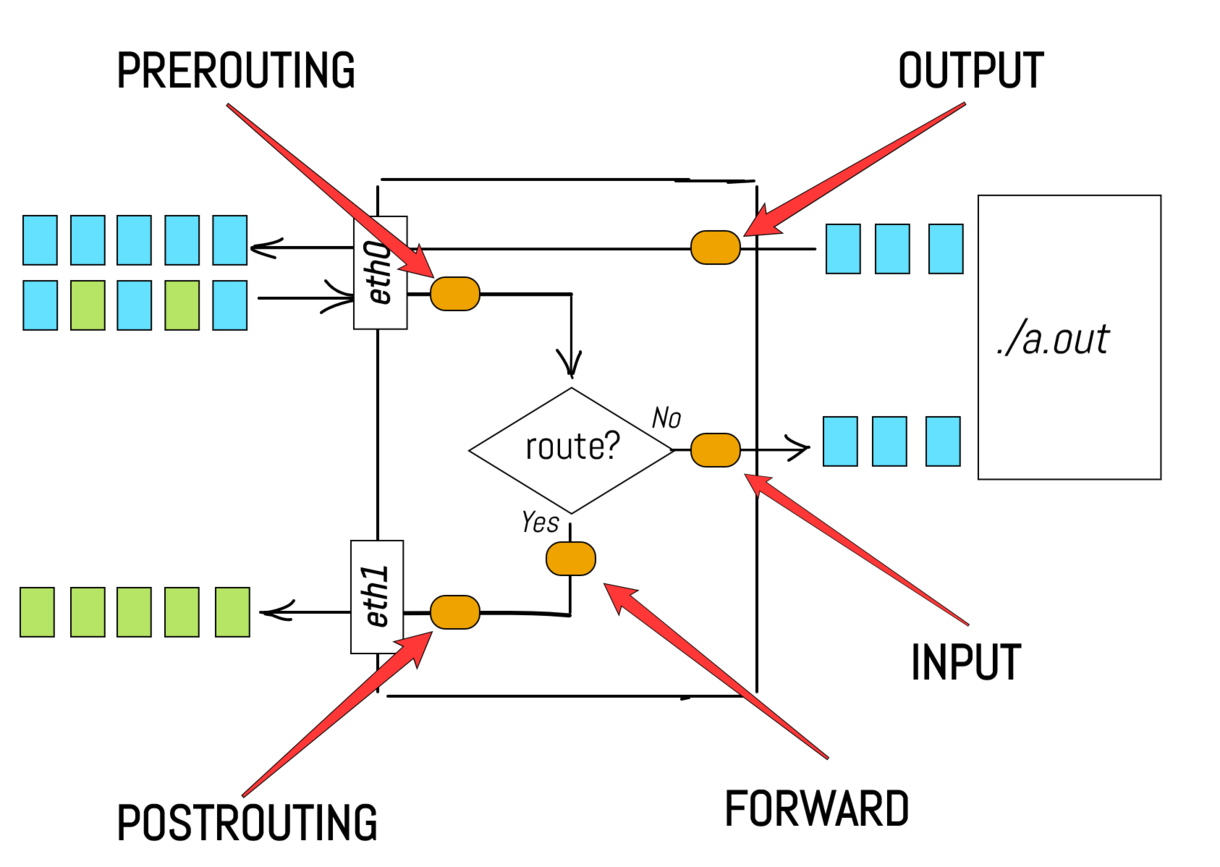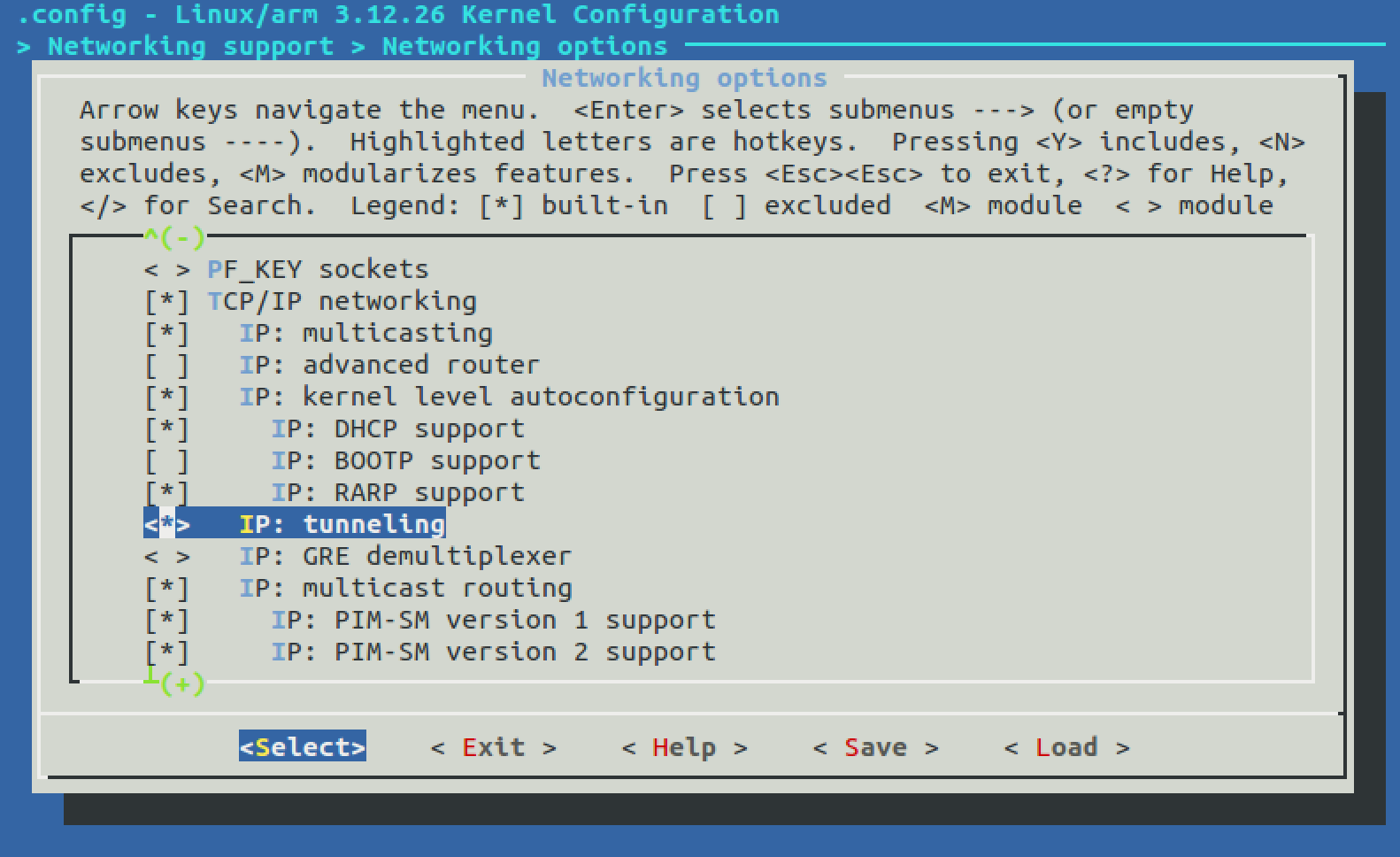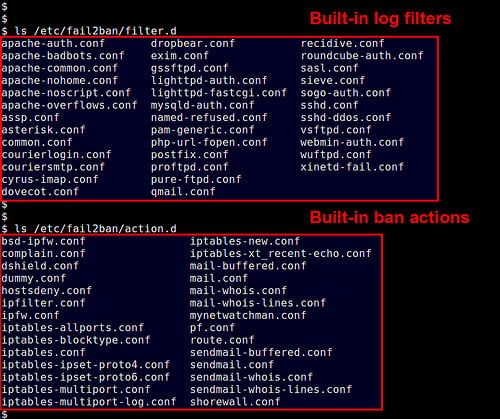
Iptables Drop Log Software Firewall For
This includes iptables examples of allowing and blocking various services by port, network interface, and source IP address. This cheat sheet-style guide provides a quick reference to iptables commands that will create firewall rules that are useful in common, everyday scenarios. In my testing, the updated log rules appear to be persistent, unless a change is made to the firewall in the UDMP UI.Iptables is a software firewall for Linux distributions. Run iptables-restore to refresh the iptables rules with the additional log rules. Insert a new -j LOG rule immediately preceeding the -j DROP rule, unless it already exists.
Finally, drop these packets. Iptables -A LOGGING -m limit -limit 2/min -j LOG -log-prefix 'IPTables Packet Dropped: ' -log-level 7. Next, log these packets by specifying a custom log-prefix. Iptables -A INPUT -j LOGGING. Next, make sure all the remaining incoming connections jump to the LOGGING chain as shown below. Event contains any of the following words: Accept, Drop, Deny, or Reject.iptables -N LOGGING.
To define level of LOG generated by iptables us log-level followed by level number.Log into the OVH control panel, select server, and Manage IPs. Iptables -A INPUT -s 192.168.10.0/24 -j LOG. We can also define the source ip or range for which log will be created. We can simply use following command to enable logging in iptables.

Once you are connected via the console, you can change your firewall rules to allow SSH access (or allow all traffic). If you’re using DigitalOcean, you can read our Recovery Console product documentation for more information. If you lose access due to your firewall settings, you may need to connect to it via a web-based console to fix your access.

sudo iptables -A INPUT -m conntrack -ctstate ESTABLISHED,RELATED -j ACCEPTAllowing Established Outgoing ConnectionsYou may want to allow outgoing traffic of all established connections, which are typically the response to legitimate incoming connections. This command will allow that: sudo iptables -A OUTPUT -o lo -j ACCEPTAllowing Established and Related Incoming ConnectionsAs network traffic generally needs to be two-way – incoming and outgoing – to work properly, it is typical to create a firewall rule that allows established and related incoming traffic, so that the server will allow return traffic for outgoing connections initiated by the server itself. As such, you will want to be sure that your firewall is allowing these connections.To accept all traffic on your loopback interface, run these commands:
sudo iptables -A INPUT -s 203.0.113.51 -j DROPIn this example, -s 203.0.113.51 specifies a source IP address of “203.0.113.51”. sudo iptables -A INPUT -m conntrack -ctstate INVALID -j DROPTo block network connections that originate from a specific IP address, 203.0.113.51 for example, run this command: Sometimes it can be useful to log this type of packet but often it is fine to drop them. sudo iptables -A FORWARD -i eth1 -o eth0 -j ACCEPTSome network traffic packets get marked as invalid. sudo iptables -A OUTPUT -m conntrack -ctstate ESTABLISHED -j ACCEPTAllowing Internal Network to access ExternalAssuming eth0 is your external network, and eth1 is your internal network, this will allow your internal to access the external:
iptables -A INPUT -i eth0 -s 203.0.113.51 -j DROPThis is the same as the previous example, with the addition of -i eth0. 203.0.113.51, to a specific network interface, e.g. sudo iptables -A INPUT -s 203.0.113.51 -j REJECTBlocking Connections to a Network InterfaceTo block connections from a specific IP address, e.g.
Iptables Drop Log How To Configure Your
sudo iptables -A OUTPUT -p tcp -sport 22 -m conntrack -ctstate ESTABLISHED -j ACCEPTThe second command, which allows the outgoing traffic of established SSH connections, is only necessary if the OUTPUT policy is not set to ACCEPT. sudo iptables -A INPUT -p tcp -dport 22 -m conntrack -ctstate NEW,ESTABLISHED -j ACCEPT Allowing All Incoming SSHTo allow all incoming SSH connections run these commands: This section covers how to configure your firewall with various SSH-related rules. Service: SSHIf you’re using a server without a local console, you will probably want to allow incoming SSH connections (port 22) so you can connect to and manage your server.
Allowing Outgoing SSHIf your firewall OUTPUT policy is not set to ACCEPT, and you want to allow outgoing SSH connections—your server initiating an SSH connection to another server—you can run these commands: sudo iptables -A INPUT -p tcp -s 203.0.113.0/24 -dport 22 -m conntrack -ctstate NEW,ESTABLISHED -j ACCEPTThe second command, which allows the outgoing traffic of established SSH connections, is only necessary if the OUTPUT policy is not set to ACCEPT. For example, if you want to allow the entire 203.0.113.0/24 subnet, run these commands:

Allowing All Incoming HTTPSTo allow all incoming HTTPS (port 443) connections run these commands: sudo iptables -A OUTPUT -p tcp -sport 80 -m conntrack -ctstate ESTABLISHED -j ACCEPTThe second command, which allows the outgoing traffic of established HTTP connections, is only necessary if the OUTPUT policy is not set to ACCEPT. sudo iptables -A INPUT -p tcp -dport 80 -m conntrack -ctstate NEW,ESTABLISHED -j ACCEPT
Allowing All Incoming HTTP and HTTPSIf you want to allow both HTTP and HTTPS traffic, you can use the multiport module to create a rule that allows both ports. sudo iptables -A OUTPUT -p tcp -sport 443 -m conntrack -ctstate ESTABLISHED -j ACCEPTThe second command, which allows the outgoing traffic of established HTTP connections, is only necessary if the OUTPUT policy is not set to ACCEPT.


 0 kommentar(er)
0 kommentar(er)
